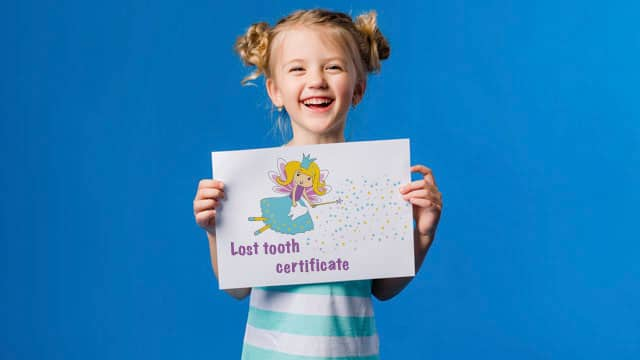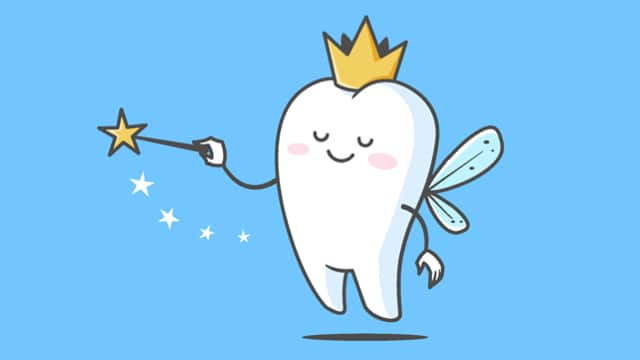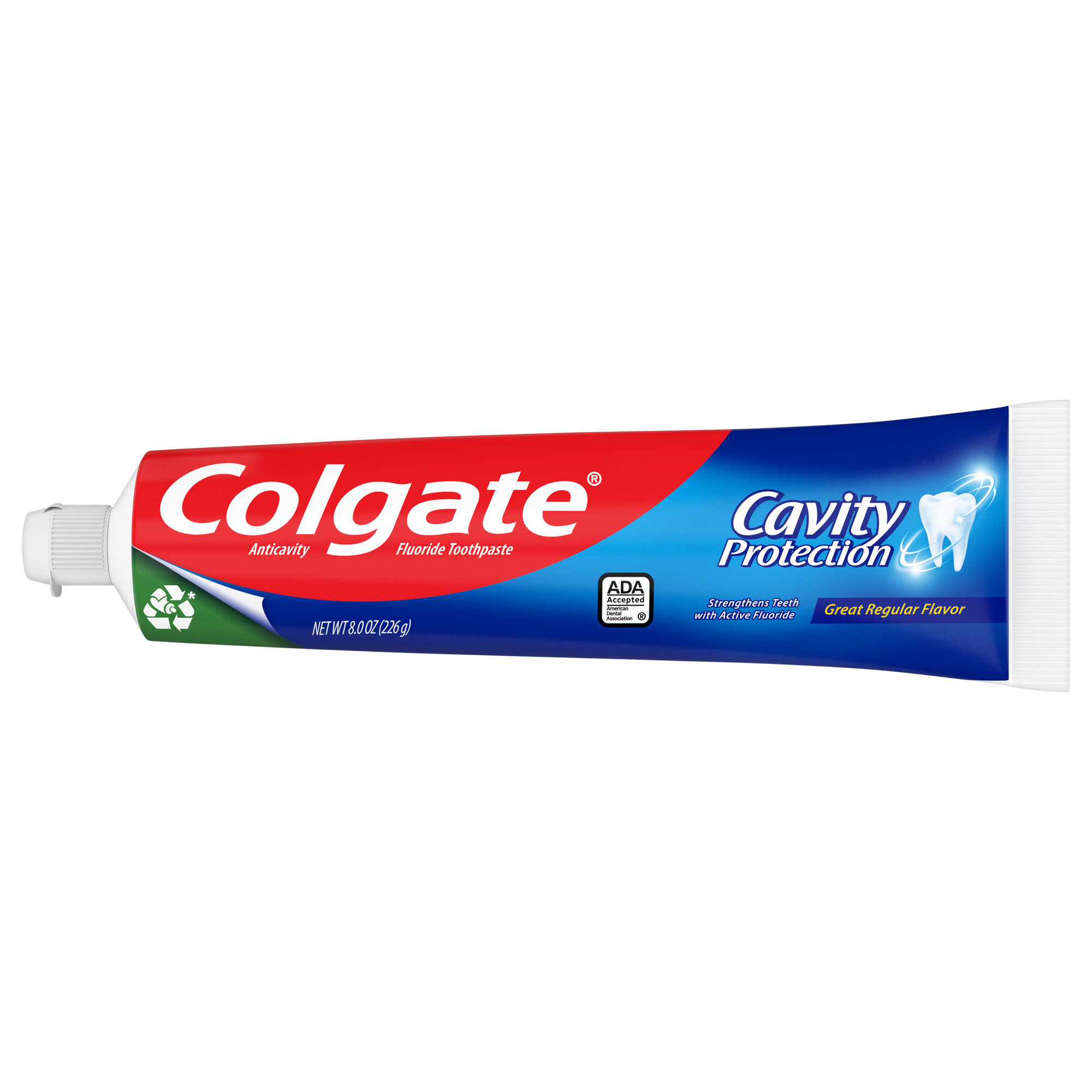-
-

FLUORIDE
What Is Stannous Fluoride Toothpaste?Discover what is Stannous Fluoride Toothpaste and its importance to prevent cavities and other oral health problems.

TEETH WHITENING
Whitening toothpaste - hydrogen peroxide vs. carbamide peroxideIf you lose one or more of your front teeth due to injury or decay, you may feel ...
-
Science & InnovationOral Health Commitment
- Oral Health Commitment
- Bright Smiles, Bright Futures
- Educational Resources
- Mobile Dental Van
- Volunteer
- ORAL HEALTH CHECK
- PRODUCT MATCH
- Oral Health and Dental Care | Colgate®
- Oral Health
- How Much Does The Tooth Fairy Pay For A Tooth?


Parents wear many hats: guardian, teacher, and fan, to name a few. But the mythical tooth fairy is one that requires clever cunning, elaborate storytelling and investment in your child’s financial future. Whatever tale you’ve told your child on the visual representation (we like a small, winged creature that leaves a trail of glittery fairy dust) and operation (only appears when they’re asleep) of the tooth fairy the most critical detail remains. How much does the tooth fairy pay in the 2020s? Finding that sweet spot of how much to put down is a struggle for many families. Fortunately, we have some details to help you find your lucky number.
What’s The Going Rate for Teeth?
Quite a few variables determine how much tooth fairy money little Tommy or Sally will find — such as your location, income, education, and age. The data collected from a USA Today article provides an excellent guide to finding your comfort zone.
- 46% of parents said spare cash was the most significant factor in determining payouts.
- Poor planning (not having smaller $1s and $5s) can lead to much higher bills and/or small gifts. Learn how to put together a tooth fairy kit so you don’t fall victim to procrastination.
- 31% of parents said their children’s ages set the value of a tooth.
- In 2018, the average was $3.70 per tooth, which is a decline of $0.43 from the previous year’s $4.13.
- About 2 in 5 parents admit to paying at least $5 per tooth.
- Often, the first tooth received a larger contribution.
- Geography plays a factor in the payout, as kids in the:
- West got $4.19 per tooth.
- South got $3.91 per tooth.
- Northeast got $3.75 per tooth.
- Midwest got $2.97 per tooth.
How To Avoid Tooth Inflation
The last thing you want to do is cause turmoil on the playground for your kids — or any kids for that matter — as they spill the beans on the tooth fairy going too high or too low on their deposit. Based on the USA Today article, it seems the $3-$ five range creates a nice little sweet spot. But explaining that cleaner, well-brushed, and flossed teeth receive bigger payments puts a nice plot twist in the fairy tale lore.
If spending a little more per tooth yields healthier teeth, it’s probably a tactic worth implementing. And perhaps that will equate to less time at your dentist’s office and more time tiptoeing in the dark.
This article is intended to promote understanding of and knowledge about general oral health topics. It is not intended to be a substitute for professional advice, diagnosis or treatment. Always seek the advice of your dentist or other qualified healthcare provider with any questions you may have regarding a medical condition or treatment.
Related Articles

Tooth fairy
Use A Tooth Fairy Certificate To Make Your Child SmileA tooth fairy certificate not only helps your child take pride in the fact that he lost a tooth, but it serves as a keepsake that documents when and how the milestone took place.

Tooth fairy
What To Do With Tooth Fairy Clip ArtWhen your child loses a tooth, they're likely excited, because it means they're growing up. Mark this occasion in a special way, with tooth fairy clip art.

Tooth fairy
A Fun Tooth Fairy Poem To Share With Your ChildFind this fun tooth fairy poem to share with your child. It's a fun way to add a touch of magic to your little one's special day. Find out more, here.

Tooth fairy
How to Write a Letter From the Tooth FairyA tooth fairy letter can help children answer questions about their teeth as well as encourage kids to take care of their teeth. Find out more, here.
Related Products

Colgate Cavity Protection Toothpaste with Fluoride, Great Regular Flavor helps strengthen teeth enamel every time you brush your teeth.

Colgate Total Active Prevention Whitening Toothbrush is a soft toothbrush with charcoal infused spiral and Floss-Tip bristles (1). This soft bristle toothbrush fights the root cause* of cavities, plaque, gingivitis, bad breath, tartar buildup**, and stains*** and also helps remove surface stains to prevent stain buildup.

Power away plaque with Colgate Total Battery Powered Toothbrush. This battery operated toothbrush for adults fights the root cause* of cavities, plaque, gingivitis, bad breath, tartar buildup**, and stains***. Plus, this battery toothbrush has a built in 2 minute timer and features two cleaning modes, Sensitive and Regular, to cater to your unique oral care needs.

The Colgate Total® Active Prevention Foaming Clean Soft Bristle Toothbrush is specially designed to tackle the root cause* of cavities, plaque, gingivitis, bad breath, tartar buildup**, and stains***.

Helping dental professionals
More professionals across the world trust Colgate. Find resources, products, and information to give your patients a healthier future




